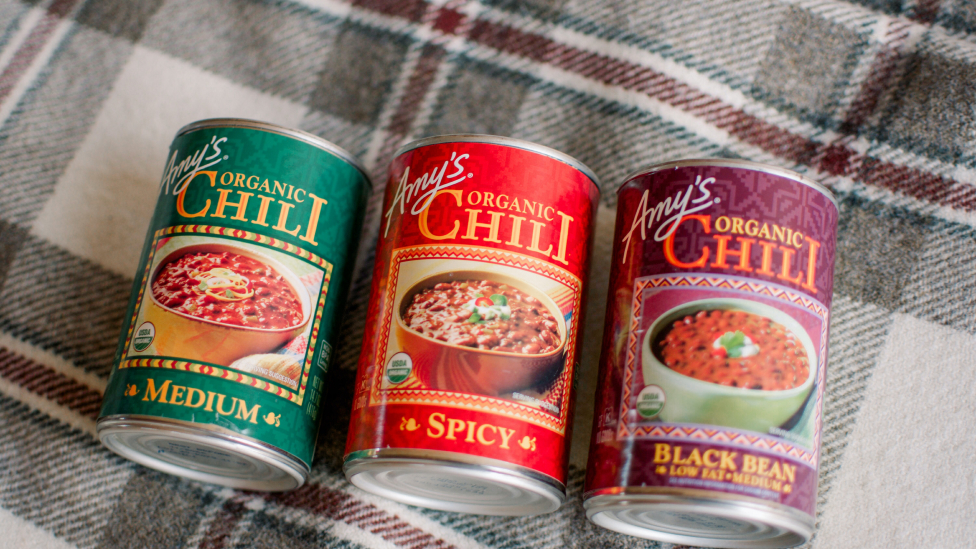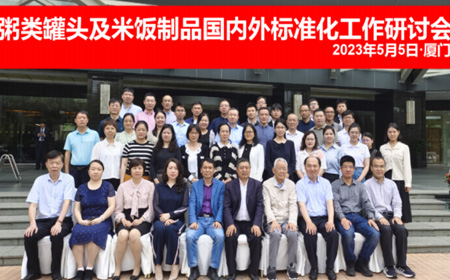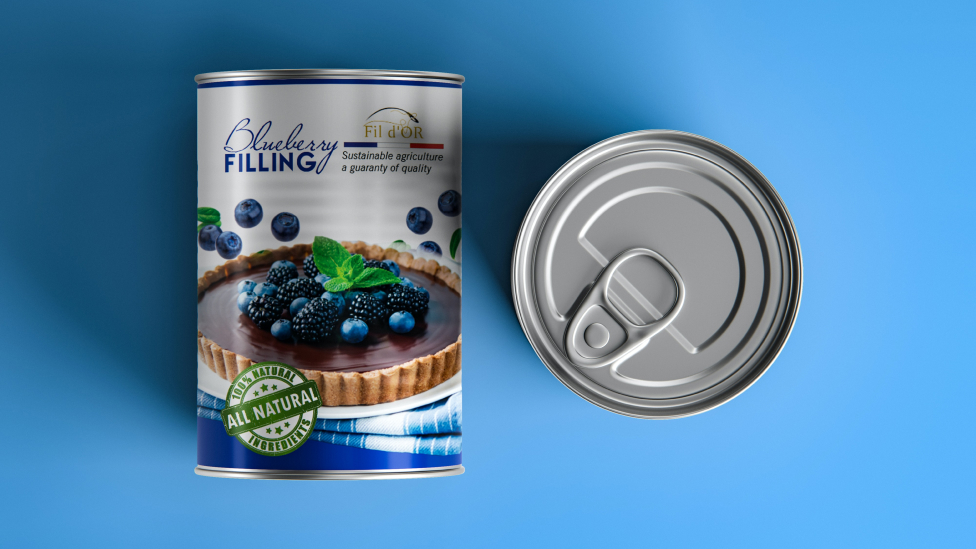Sustainable packaging is a growing concern in today's world, as we strive to reduce waste and minimize our environmental impact. Canned food offers a compelling solution, as it is not only a convenient and nutritious option but also comes with inherent sustainable packaging benefits.

This article explores the relationship between canned food and sustainable packaging, highlighting the environmental advantages, innovations, and considerations that make canned food a responsible choice for consumers and the planet.
1. Environmental Advantages of Canned Food Packaging:
Canned food packaging offers several environmental benefits:
Recyclability: Metal cans are highly recyclable, with recycling rates for aluminum and steel cans being significantly higher than other packaging materials. Recycling cans helps conserve resources and reduce energy consumption compared to producing new cans from raw materials.
Material Efficiency: Cans are lightweight yet durable, requiring fewer raw materials for production compared to other packaging options. This reduces the overall environmental footprint associated with the packaging process.
Extended Shelf Life: Canned food's long shelf life minimizes food waste, as it reduces the likelihood of spoilage and the need for frequent replacement. This helps conserve resources and reduces greenhouse gas emissions associated with food production and transportation.
2. Innovations in Sustainable Canned Food Packaging:
To further enhance the sustainability of canned food packaging, various innovations are being pursued:
a. Recycled Content: Manufacturers are increasing the use of recycled materials in can production, reducing the reliance on resources and minimizing environmental impact.
b. Lighter Weight Cans: Advances in can manufacturing techniques have led to the development of lighter weight cans, reducing material consumption and transportation-related emissions.
c. Water-Based Coatings: Traditional can linings often contain epoxy resins. However, research is underway to develop water-based coatings that are free from potentially harmful chemicals, ensuring the safety of both consumers and the environment.
d. Biodegradable and Compostable Options: Some companies are exploring alternative materials for can packaging, such as biodegradable or compostable options made from plant-based materials. These alternatives offer the potential for further reducing the environmental impact of canned food packaging.
3. Consumer Considerations for Sustainable Canned Food Packaging:
Consumers can contribute to sustainable packaging efforts by considering the following factors:
Recycling: Properly dispose of used cans by recycling them through designated recycling programs. This ensures that the materials can be repurposed and contribute to a circular economy.
Purchase Decisions: Choose canned food products packaged in materials with a high recycling rate, such as aluminum and steel. Look for products with packaging labels indicating the use of recycled content.
Minimize Food Waste: Opt for canned food with appropriate portion sizes to minimize food waste. Properly store and consume canned food before its expiration date to maximize its shelf life and reduce waste.
Support Environmentally Conscious Brands: Consider supporting brands that prioritize sustainable packaging practices and actively work towards reducing their environmental impact.
4. Industry and Government Initiatives:
Both the packaging industry and governments are taking steps to promote sustainable packaging practices:
Industry Collaboration: Manufacturers and industry organizations are collaborating to develop and implement sustainable packaging solutions. These collaborations aim to improve recycling infrastructure, increase the use of recycled materials, and promote eco-friendly packaging innovations.
Government Regulations: Governments around the world are implementing regulations and guidelines to encourage sustainable packaging practices. These regulations may include requirements for recyclability, recycled content, and extended producer responsibility.
5. Lifecycle Assessment and Continuous Improvement:
To ensure the ongoing sustainability of canned food packaging, lifecycle assessments are conducted to evaluate the environmental impact at each stage, from raw material extraction to disposal. This assessment helps identify areas for improvement and encourages continuous innovation in packaging design and manufacturing processes.
Conclusion:
Canned food packaging offers inherent advantages in terms of sustainability, recyclability, and extended shelf life. The industry's ongoing efforts to enhance the sustainability of canned food packaging through innovations and responsible practices further contribute to environmental responsibility. By considering sustainable packaging options,



采访刊发中国罐头⾏业-01.jpg)


